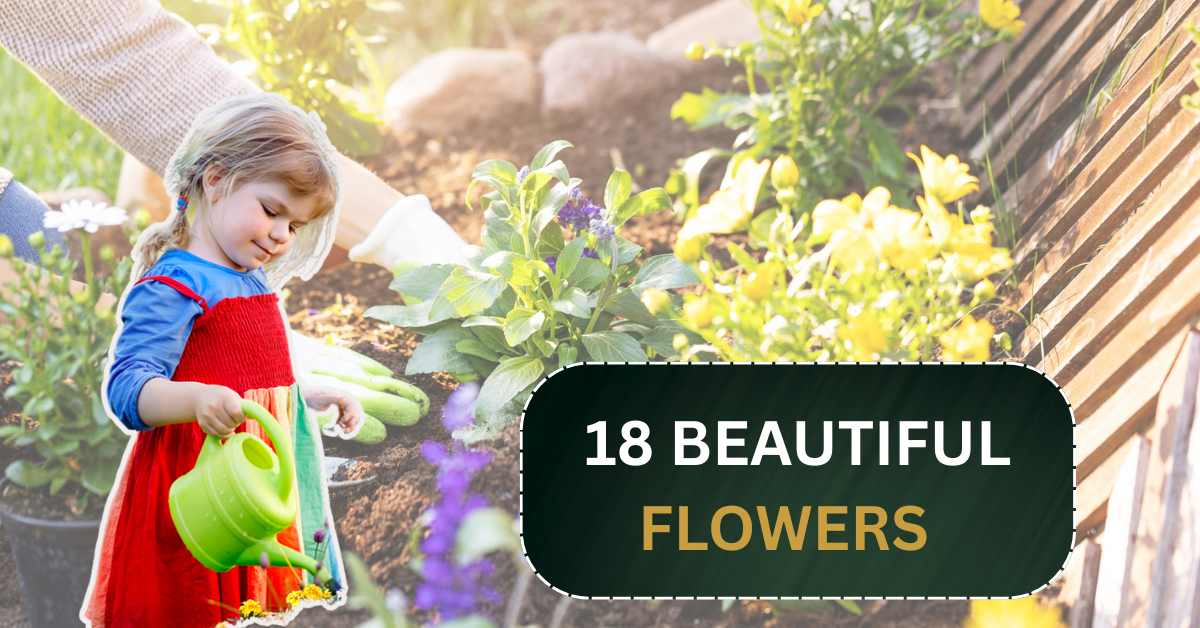If you’re an avid gardener, you know the joy of watching your plants thrive. But did you know that some flowers actually bloom more when you cut them back regularly? Deadheading or cutting back flowers isn’t just about keeping your garden tidy—it encourages your plants to bloom more and for a longer period. By removing spent flowers, you are allowing the plant to redirect its energy towards producing more blooms, which is a win-win for both you and the plant.
Deadheading can seem like a simple task, but it can make a significant difference in the health and appearance of your garden. In this article, we will explore 18 flowers that thrive when you cut them back regularly. So, whether you’re a beginner or a seasoned gardener, these flowers will reward you with vibrant, continuous blooms throughout the growing season.
1. Coreopsis (Tickseed)
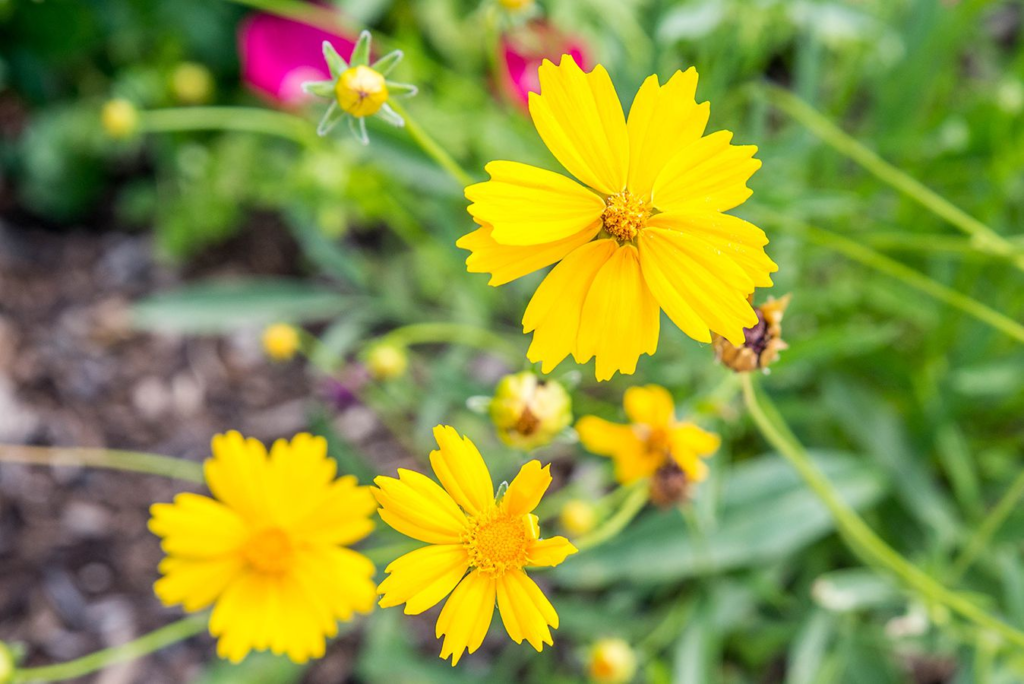
Coreopsis is a cheerful flower that blooms in shades of yellow, pink, and red. These daisy-like flowers are incredibly hardy and can bloom continuously if you regularly deadhead them. Removing spent blooms helps the plant focus on producing fresh flowers instead of going to seed. In fact, the more you cut them, the more the plant will bloom, making Coreopsis a perfect addition to your garden if you’re looking for long-lasting color.
2. Petunias
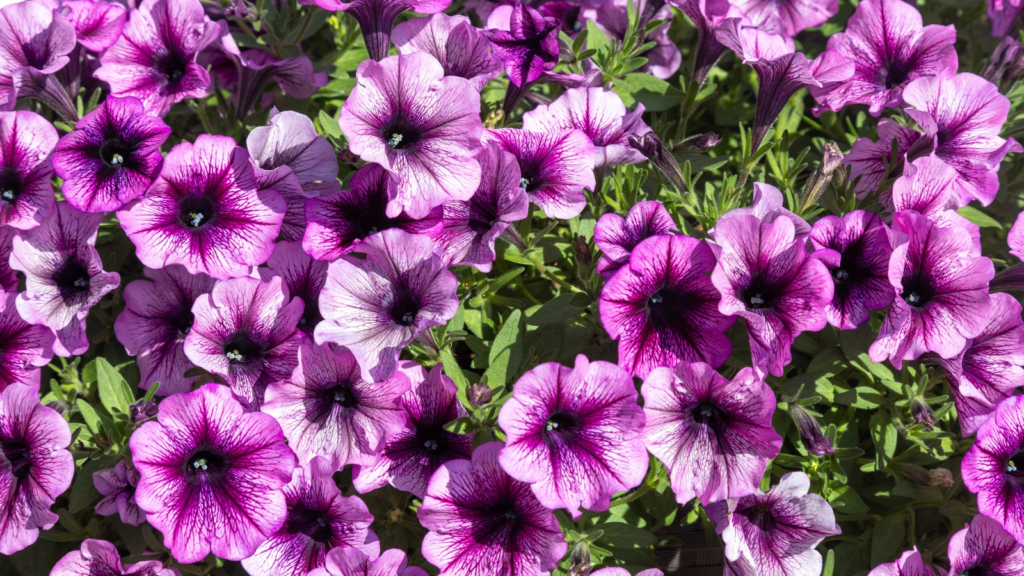
Petunias are one of the most popular flowers for hanging baskets and container gardens. They come in a variety of colors and are known for their ability to bloom continuously when cared for properly. By cutting off the faded flowers, you encourage the plant to produce even more blossoms, extending its blooming period throughout the summer. Even after a heavy rain or strong wind, deadheading petunias ensures that your plants remain full and vibrant.
3. Zinnias
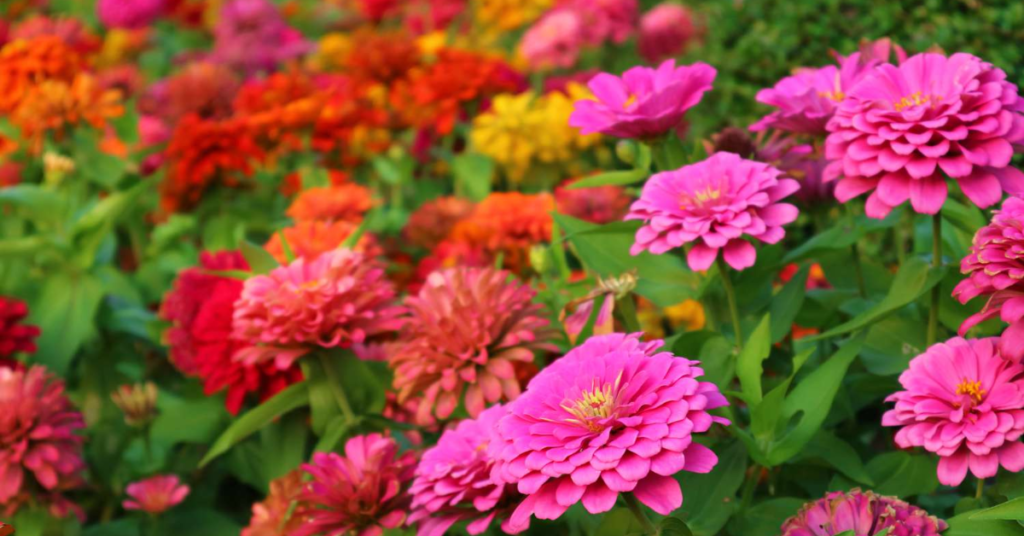
Zinnias are bright, hardy flowers that thrive in hot, sunny weather. They are excellent for adding a pop of color to your garden, and their blooms only get better when you cut them back. Zinnias will keep producing flowers as long as you remove the old blooms, making them one of the easiest flowers to grow and care for. You can also cut them to create stunning flower arrangements for your home.
4. Geraniums
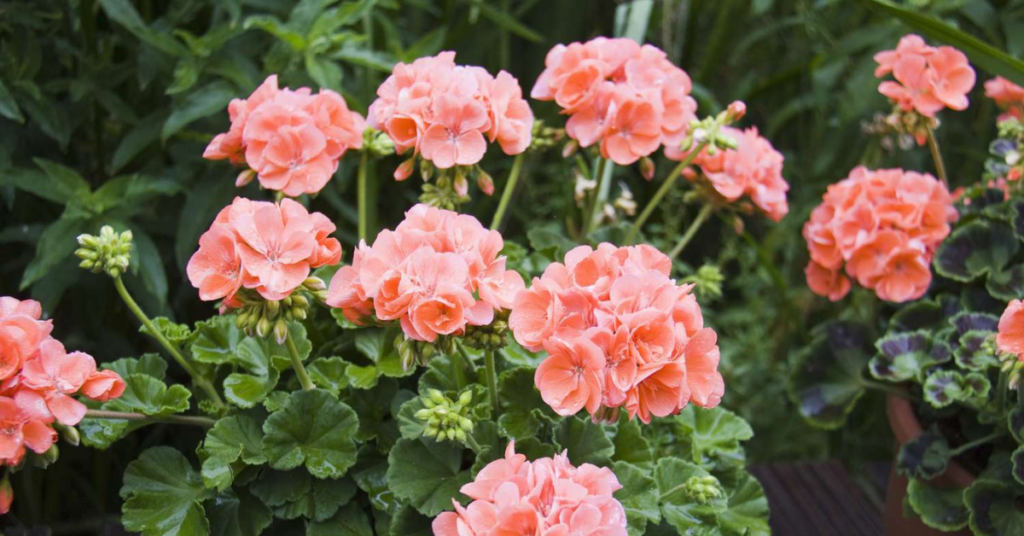
Geraniums are known for their bold, vibrant blooms that can last for months. However, without regular deadheading, the flowers will eventually stop blooming. By trimming back the faded flowers, you help the plant focus its energy on producing new buds. Geraniums are particularly suited for window boxes, hanging baskets, and garden beds, and they will reward you with more flowers if you make deadheading a part of your regular gardening routine.
5. Daisies
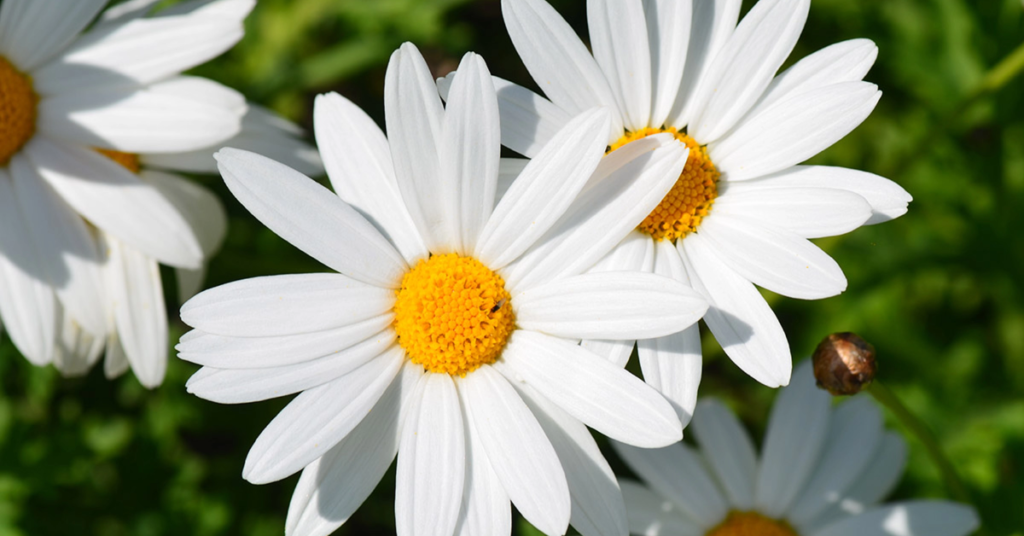
Daisies are a classic garden flower that adds a touch of simplicity and beauty to any space. These flowers benefit greatly from regular deadheading, which helps encourage the plant to produce more buds. By cutting off the spent flowers, you’re ensuring that your daisies will continue to bloom throughout the season. The more you cut them, the more flowers they will produce, so your garden will remain cheerful and fresh.
6. Lavender
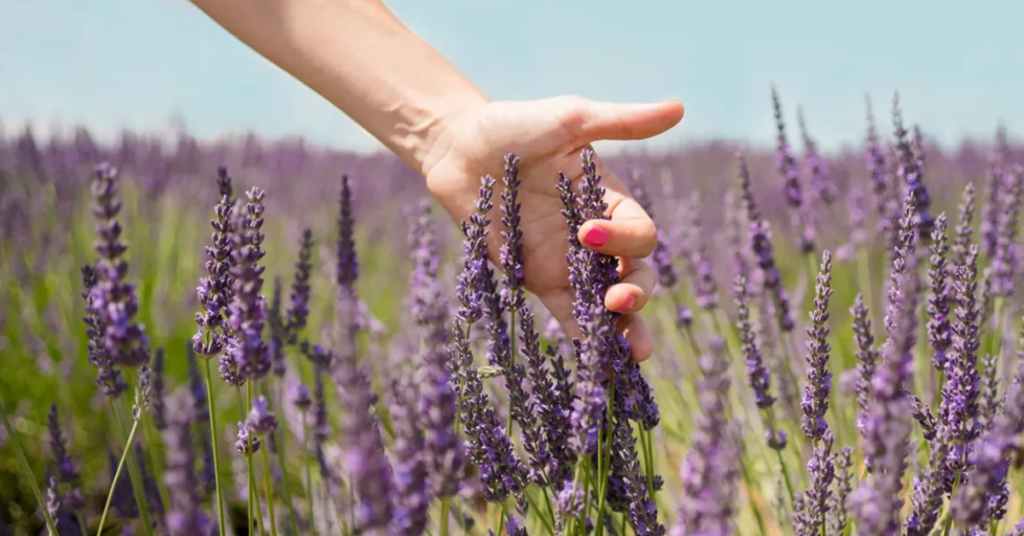
Lavender is a popular herb with aromatic, purple flowers that not only look beautiful but also fill the air with a relaxing fragrance. To keep your lavender blooming, you should trim the flowers as they fade. Cutting back the spent blooms will encourage the plant to produce more flowers and ensure a second round of blooms in late summer. Lavender thrives in full sun and is a perfect plant for herb gardens, borders, or containers.
7. Lobelia
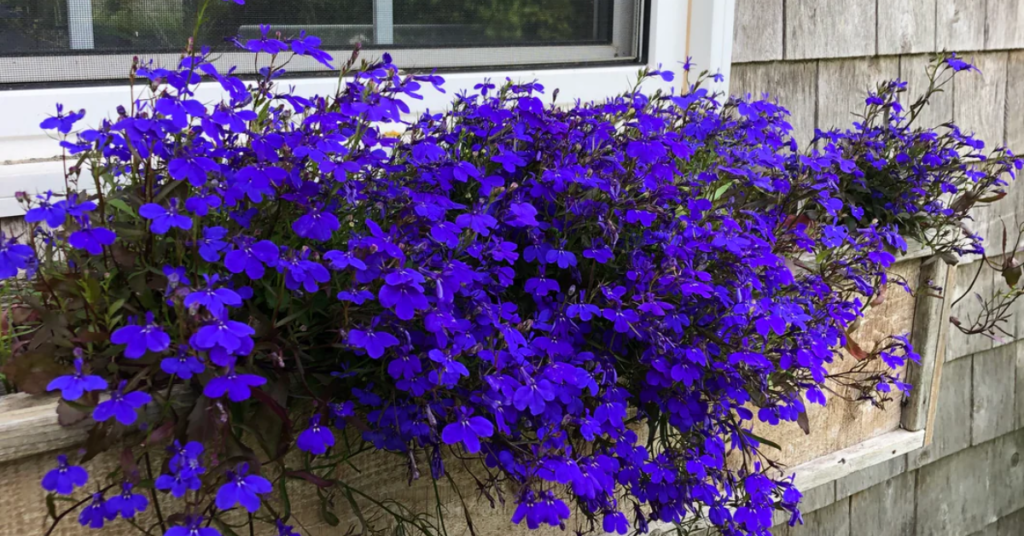
Lobelia is a versatile plant that produces delicate flowers in shades of blue, purple, and white. It’s a fantastic choice for hanging baskets or trailing down containers. Regular deadheading encourages more blooms and helps keep the plant looking neat. If you’re looking for a flower that will bloom more throughout the season, lobelia should be one of your top choices.
8. Fuchsias
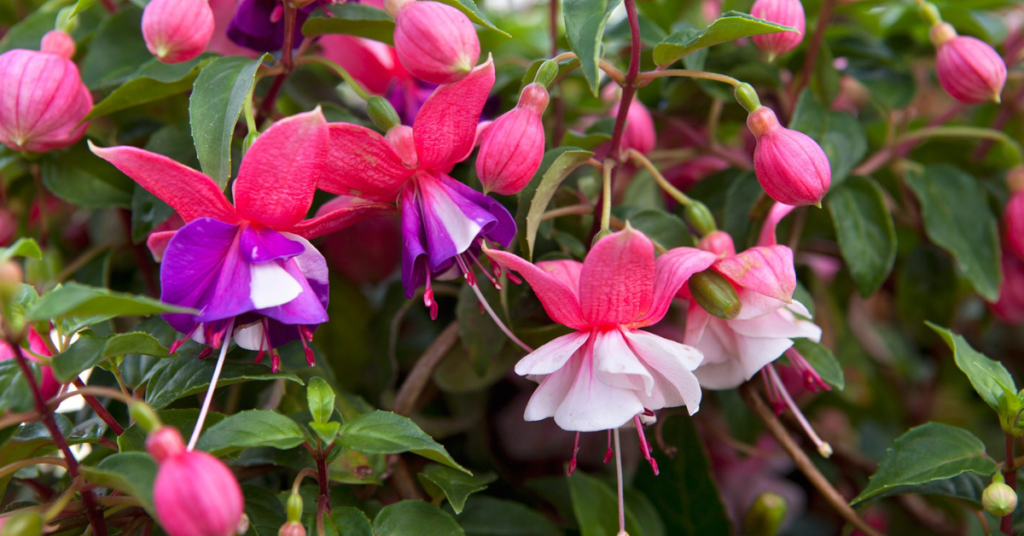
Fuchsias are known for their unique, pendulous flowers, which come in shades of pink, purple, and red. These flowers will continue to bloom if you remove faded blossoms regularly. By deadheading, you encourage the plant to produce more blooms, ensuring that you’ll have vibrant flowers throughout the summer. Fuchsias are perfect for hanging baskets or shaded garden spots, where they can grow and thrive in cool, moist conditions.
9. Chrysanthemums

Chrysanthemums, or mums, are the go-to flowers for fall blooms. By cutting off the dead flowers, you encourage the plant to focus its energy on producing fresh blooms. Regular deadheading ensures that chrysanthemums will continue to bloom well into the fall, adding vibrant color to your garden even as other flowers begin to fade.
10. Coneflowers (Echinacea)
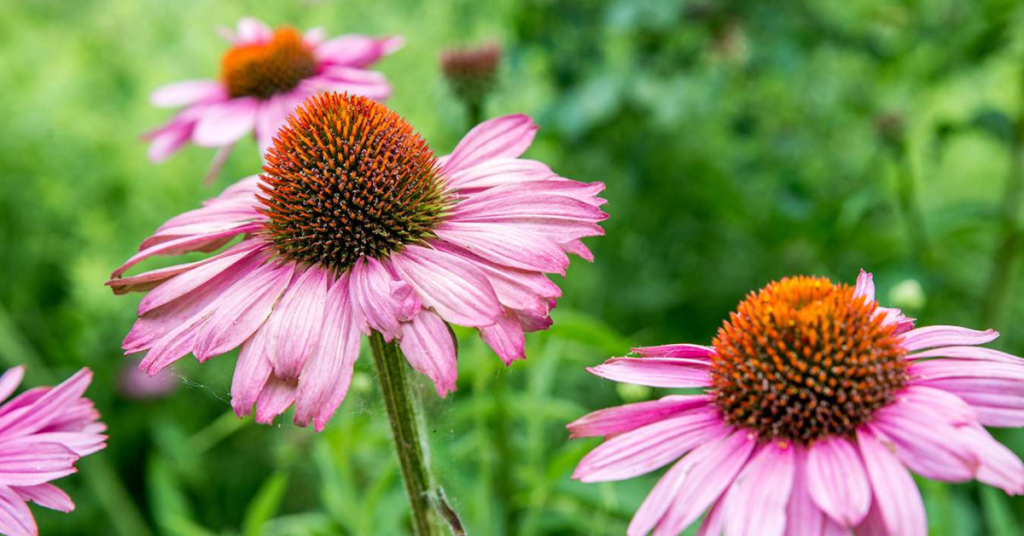
Coneflowers are hardy, low-maintenance plants that are perfect for attracting pollinators to your garden. These plants bloom in a variety of colors, from purple to yellow and orange. By cutting back the spent flowers, you help the plant focus its energy on producing more buds, allowing for a more prolific blooming season. Coneflowers are great for dry, sunny spots and will thrive in most garden settings.
11. Impatiens

Impatiens are a favorite for shady gardens, and they bloom in a wide range of colors, including red, pink, purple, and white. By deadheading regularly, you encourage the plant to keep producing flowers, ensuring that your shady garden stays colorful and vibrant. Impatiens are particularly effective in hanging baskets, window boxes, and garden beds.
12. Snapdragons
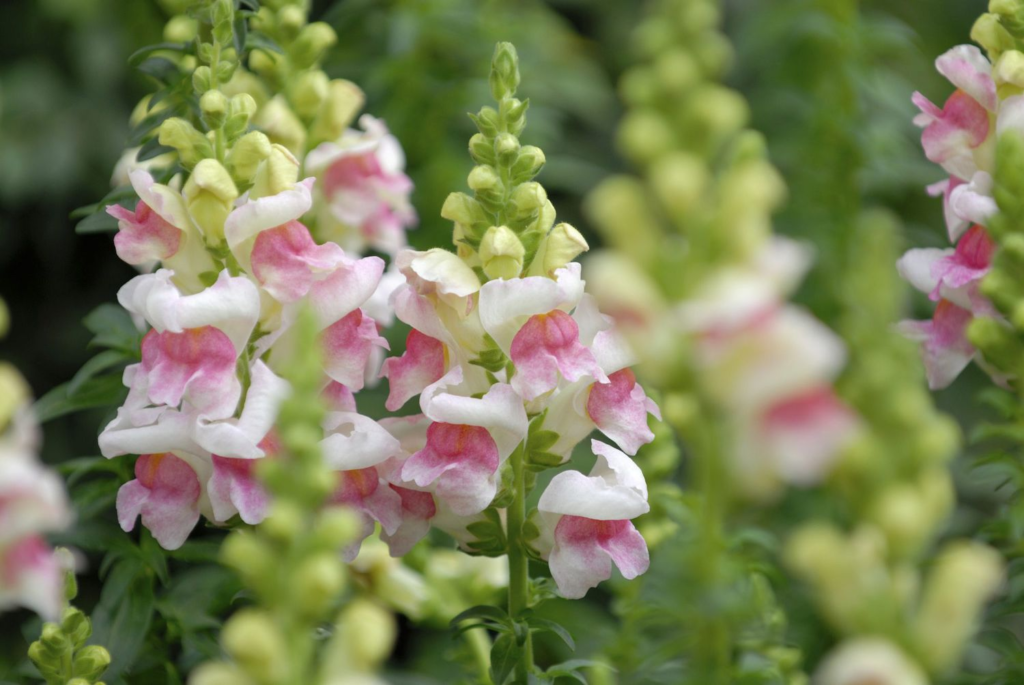
Snapdragons are one of the most striking flowers, with tall spikes of colorful blooms. These flowers benefit greatly from deadheading. By cutting back the faded flowers, you encourage the plant to grow new stems and buds, ensuring an even more spectacular bloom later in the season. Snapdragons are great for adding vertical height to your garden and can thrive in both cool and warm climates.
13. Sweet Alyssum
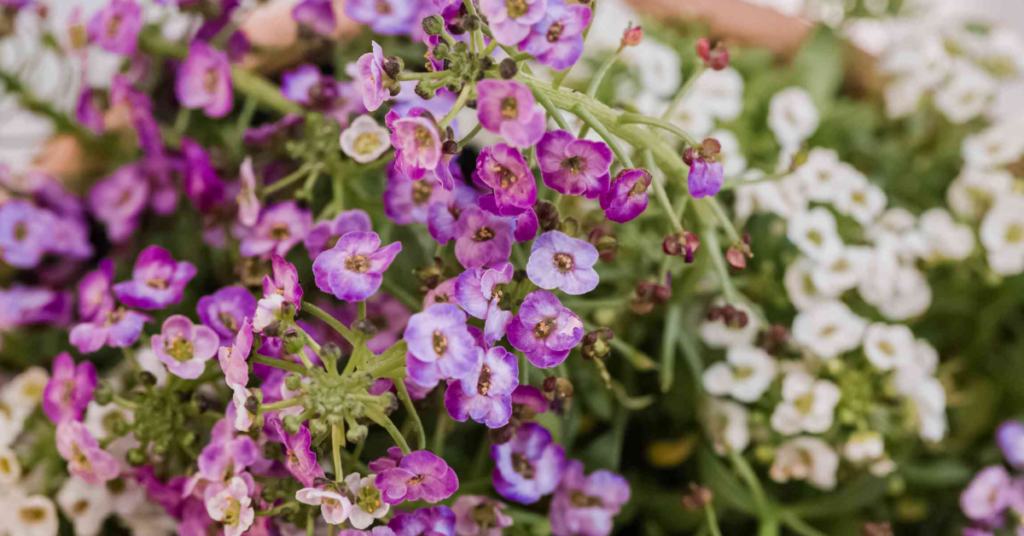
Sweet Alyssum is a small but fragrant flower that blooms abundantly in cool weather. By regularly deadheading this flower, you encourage more blooms to appear, filling your garden with a sweet scent. Sweet Alyssum is great for ground cover or in containers and hanging baskets, making it a versatile choice for many different garden settings.
14. Marigolds
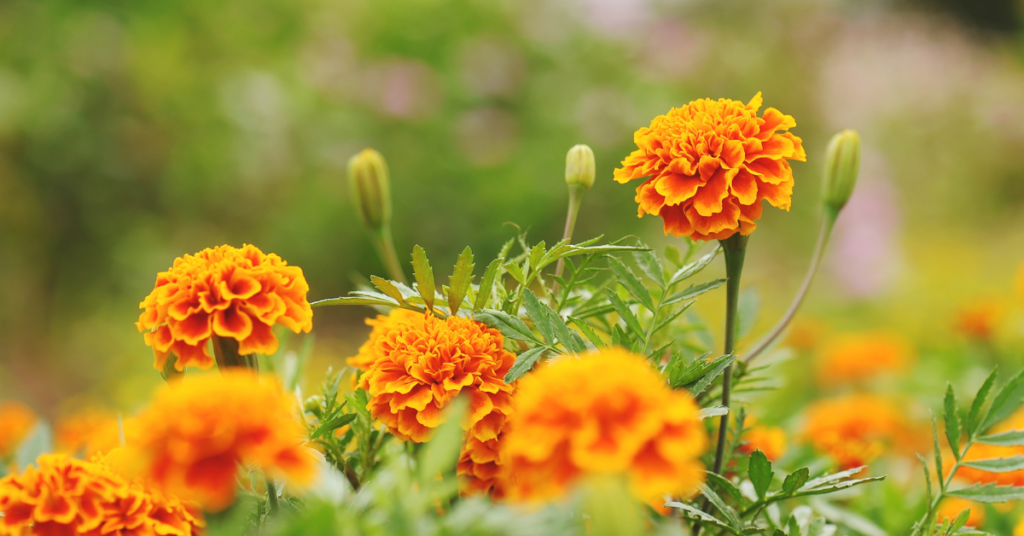
Marigolds are easy to grow and provide vibrant color in your garden. These flowers will bloom more continuously when you cut off the spent flowers. By removing faded blooms, you allow the plant to direct energy into new growth, ensuring a longer blooming season. Marigolds are particularly effective in garden beds, borders, or even as companion plants for vegetable gardens.
15. Black-eyed Susans
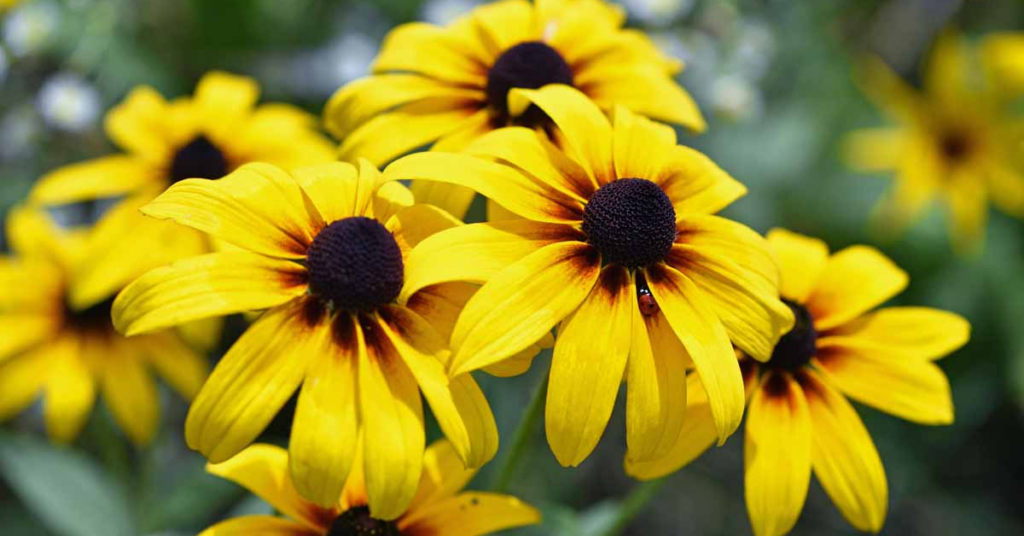
Black-eyed Susans are hardy perennials that produce bright yellow blooms with dark centers. Regular deadheading encourages the plant to keep producing more flowers throughout the summer and fall. Black-eyed Susans are also excellent for attracting pollinators and will continue to add color to your garden for months with the right care.
16. Cosmos
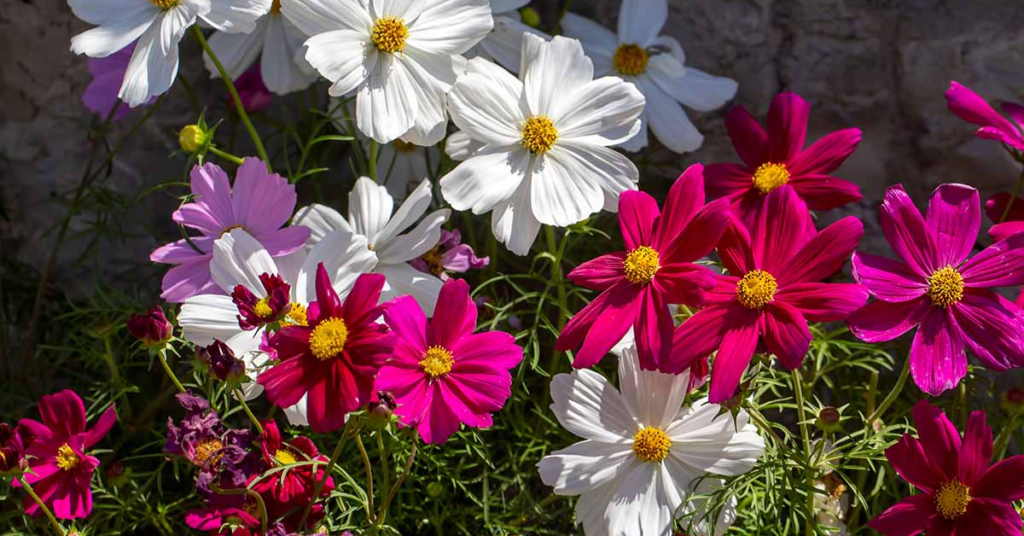
Cosmos are easy-to-grow annuals that will reward you with more blooms when regularly deadheaded. These flowers come in a variety of colors, from pink to white to deep red. By cutting back the faded flowers, you encourage the plant to continue producing new blooms, keeping your garden full of color and life.
17. Salvia
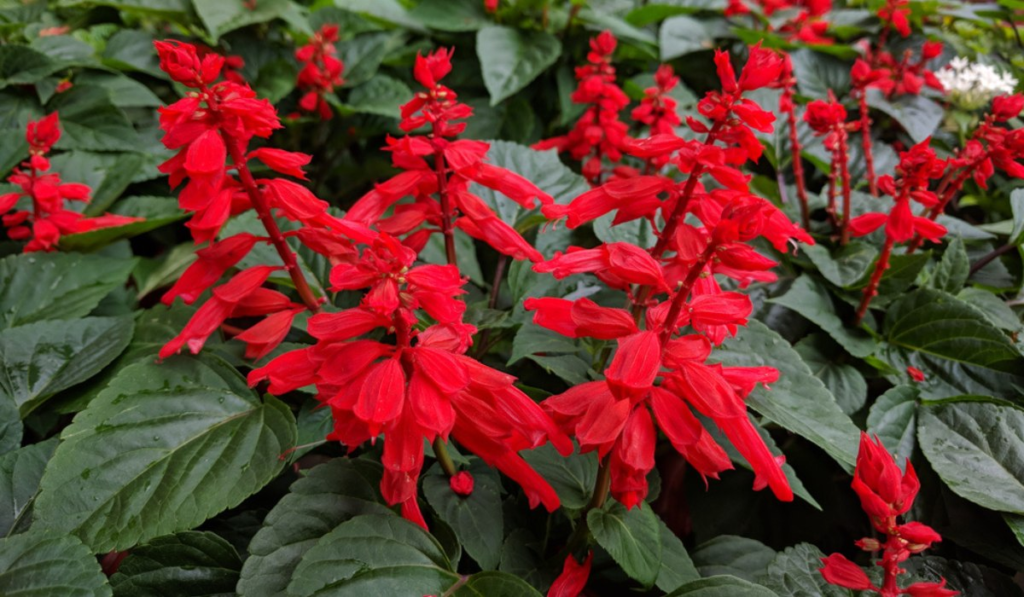
Salvia is a popular garden plant with tall spikes of colorful flowers. By deadheading the spent blooms, you encourage the plant to produce more flowers, resulting in an even more beautiful display. Salvia is perfect for borders, containers, or any garden bed where you want a constant supply of vibrant color.
18. Bougainvillea
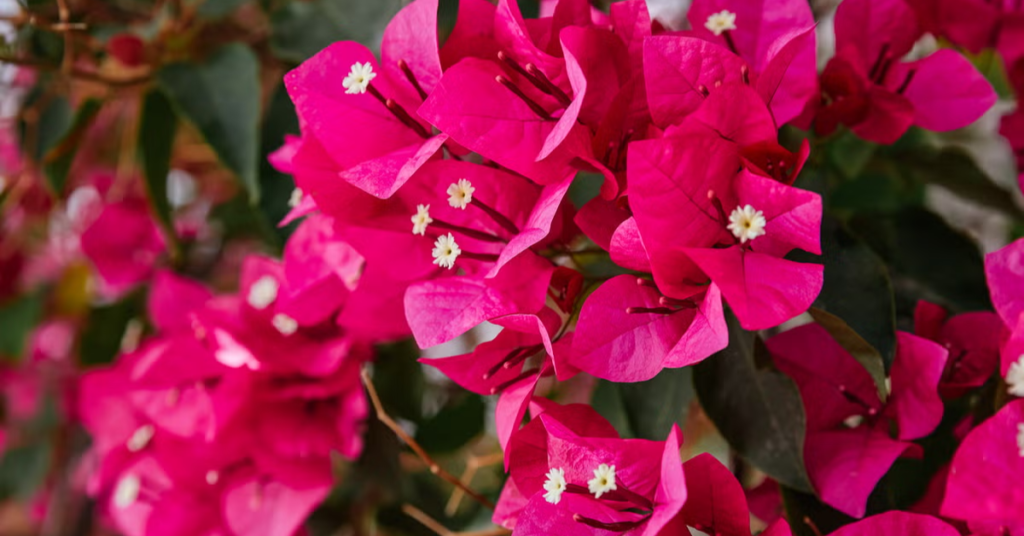
Bougainvillea is a fast-growing, flowering vine that thrives in warm climates. By trimming back the plant regularly and removing old blooms, you encourage more flowers to appear. Bougainvillea produces vibrant, papery bracts in shades of pink, purple, and orange, making it a stunning addition to fences, trellises, and walls.
Conclusion
Deadheading and cutting back flowers is an easy yet effective way to keep your garden looking fresh and vibrant. By cutting back these 18 flowers, you will encourage more blooms, ensuring that your garden stays colorful and healthy throughout the growing season. Whether you’re planting in containers, hanging baskets, or garden beds, these flowers will reward you with continuous beauty and growth. So, grab your pruning shears, head out to your garden, and start cutting—your plants will thank you!

Deepak Grover is a dedicated content writer at OTE News, specializing in government affairs, public policy, and current events. With a keen eye for detail and a passion for factual reporting, he ensures readers receive accurate and insightful news. Deepak holds a degree in Political Science and has experience in research-driven journalism.
When not writing, he enjoys reading historical books, exploring hiking trails, and staying updated with global political trends. His commitment to ethical journalism makes him a trusted voice at OTE News.

